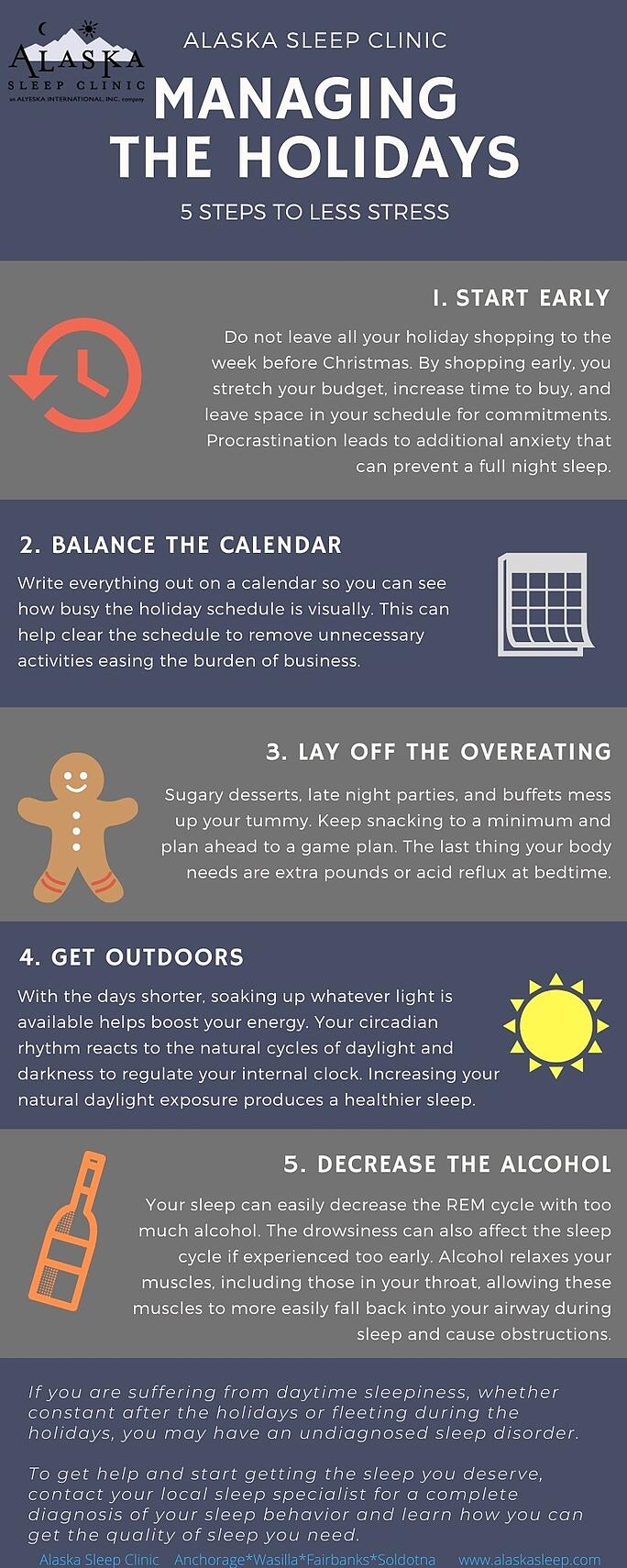Our Mind’s Amazing Journey While We Sleep
Wile, the seven-year-old son of photographer Magnus Wennman, watches cartoons on his iPad— a modern bedtime ritual for some. The stimulation may drive off sleep, but so does the backlit screen: Light at night inhibits the production of melatonin, the hormone that helps regulate our daily biological rhythms.
Around 350 B.C., Aristotle wrote an essay, “On Sleep and Sleeplessness,” wondering just what we were doing and why. For the next 2,300 years no one had a good answer.
In 1924 German psychiatrist Hans Berger invented the electroencephalograph, which records electrical activity in the brain, and the study of sleep shifted from philosophy to science.
It’s only in the past few decades, though, as imaging machines have allowed ever deeper glimpses of the brain’s inner workings, that we’ve approached a convincing answer to Aristotle.
Everything we’ve learned about sleep has emphasized its importance to our mental and physical health. Our sleep-wake pattern is a central feature of human biology—an adaptation to life on a spinning planet, with its endless wheel of day and night.
The 2017 Nobel Prize in medicine was awarded to three scientists who, in the 1980s and 1990s, identified the molecular clock inside our cells that aims to keep us in sync with the sun. When this circadian rhythm breaks down, recent research has shown, we are at increased risk for illnesses such as diabetes, heart disease, and dementia.
Read National Geographic’s entire article on sleep.




